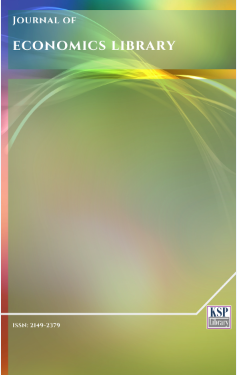Gender gap is a trade trap: The road ahead for international development
Abstract
Abstract. The paper provides an outline of effective gender parity policy in South Asia with a special reference to Pakistan. The need of gender parity as an economic goal is identified by linking gender empowerment as a need to create better trade policy framework. This may provide strong public sector commitment towards bringing and implementing such laws that focus on more female participation in formal schooling as well as skill development.
Keywords. Micro education, Trade, Gender empowerment, International development.
JEL. G20, G21, G24.
Keywords
References
Cagatay, N. (2001). Trade, Gender and Poverty, UNDP. [Retrieved from].
Klasen, S. (1999). Does Gender Inequality Reduce growth and Development? Evidence from Cross-Country Regressions, World Bank, Washington D.C. [Retrieved from].
Seguino, S. (2002). Gender, quality of life, and growth in Asia 1970 to 1990, The Pacific Review, 15(2), 245-277. doi. 10.1080/09512740210131059
DOI: http://dx.doi.org/10.1453/jel.v4i4.1458
Refbacks
- There are currently no refbacks.
.......................................................................................................................................................................................................................................................................................................................................
Journal of Economics Library - J. Econ. Lib. - JEL - www.kspjournals.org
ISSN: 2149-2379
Editor: [email protected] Secretarial: [email protected] Istanbul - Turkey.
Copyright © KSP Library

